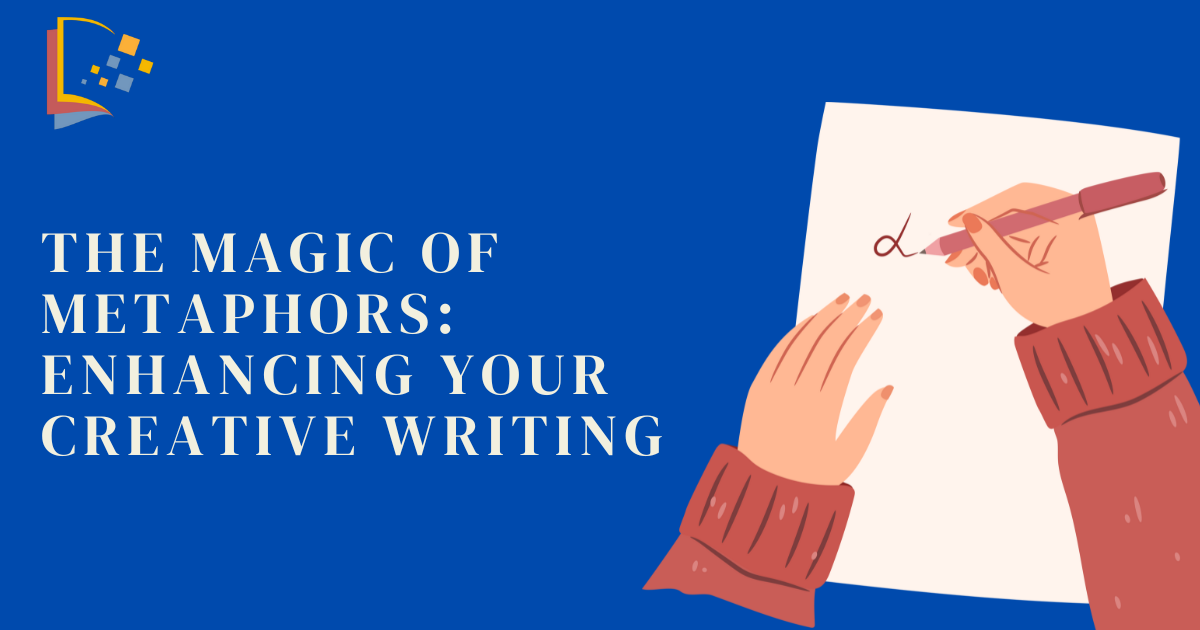The Magic of Metaphors: Enhancing Your Creative Writing
 Concept Mastery
Concept Mastery
Metaphors are the secret sauce that can transform your creative writing from mundane to magical. By comparing two seemingly unrelated things, metaphors add depth, emotion, and imagery to your stories, making them more engaging and memorable for readers. In this blog, we’ll explore the power of metaphors and provide practical tips on how to incorporate them into your writing.
Whether you’re a seasoned writer or just starting out, understanding metaphors can elevate your work to new heights. If you’re looking to further hone your skills, consider seeking guidance from creative writing tutors or enrolling in creative writing classes. For those in Canada, finding reputable English tutors can also offer specialized support.
What is a Metaphor?
A metaphor is a figure of speech that directly compares one thing to another for rhetorical effect. Unlike similes, which use “like” or “as” to make a comparison (e.g., “as brave as a lion”), metaphors assert that one thing is another (e.g., “time is a thief”). This bold statement invites readers to find deeper meaning and connections between the two compared elements.
Why Use Metaphors in Creative Writing? Metaphors can:
Enhance Imagery: They paint vivid pictures in the reader’s mind.
Evoke Emotion: They can convey complex emotions succinctly.
Add Depth: They add layers of meaning and can provide insight into a character or theme.
Engage Readers: They make your writing more interesting and engaging.
Types of Metaphors
Standard Metaphor: This is the most common type, where one thing is stated to be another. For example, “The world is a stage.”
Implied Metaphor: Here, the comparison is implied rather than stated directly. For example, “She barked orders at her team” implies that she is like a dog without directly saying it.
Extended Metaphor: An extended metaphor continues throughout a series of sentences or even an entire work. For example, in Shakespeare’s “As You Like It,” life is compared to a play with its various stages.
Dead Metaphor: These are metaphors that have become so common that they have lost their metaphorical significance. For example, “time is running out.”
How to Incorporate Metaphors into Your Writing
Start with a Strong Image: Think of a strong, vivid image related to the theme or emotion you want to convey. For example, if you’re writing about a difficult journey, you might start with the image of a stormy sea.
Be Specific: Specificity makes your metaphors more powerful. Instead of saying “He was a lion,” you might say “He was a lion in the courtroom, roaring his objections.”
Use Sensory Details: Incorporate sensory details to make your metaphors more immersive. Describe how things look, sound, smell, taste, and feel.
Avoid Clichés: Clichéd metaphors can make your writing feel stale. Instead of “her heart was broken,” you might say “her heart was a shattered mirror, reflecting fragments of her pain.”
Make It Relevant: Ensure your metaphor fits the context and tone of your writing. A metaphor that feels out of place can confuse readers and disrupt the flow of your story.
Practicing Metaphor Writing
If you’re new to using metaphors, practice by writing a few each day. Choose an object and think of how it can represent something else. For example, a tree might be a symbol of patience and growth.
Writing Exercise:
Choose an abstract concept (e.g., love, anger, freedom).
Write down five tangible objects that could metaphorically represent this concept.
Create sentences using these objects as metaphors. For instance, if you choose “freedom,” you might write:
Freedom is a soaring eagle.
Freedom is an open road.
Freedom is the first breath of spring air.
Freedom is a blank canvas.
Freedom is a ship with full sails.
Learning from the Masters
Study the works of great writers who excel at using metaphors. Read poetry, literary fiction, and even song lyrics to see how metaphors are used effectively. For example, in his novel “The Great Gatsby,” F. Scott Fitzgerald uses the metaphor of the green light to represent Gatsby’s unattainable dreams.
Seeking Guidance
If you’re struggling with metaphors or any aspect of your creative writing, consider seeking help from creative writing tutors. Tutors can provide personalized feedback and help you develop your skills. Additionally, creative writing classes offer a structured environment to learn and practice writing techniques.
Blog Source: Enhancing Your Creative Writing
Subscribe to my newsletter
Read articles from Concept Mastery directly inside your inbox. Subscribe to the newsletter, and don't miss out.
Written by

Concept Mastery
Concept Mastery
Concept Mastery provides the best tutoring service in Canada or nearby areas for your kids whether you are comfortable in person or online. Our teachers are well-qualified and trained.